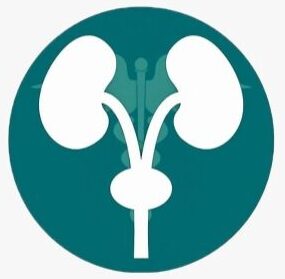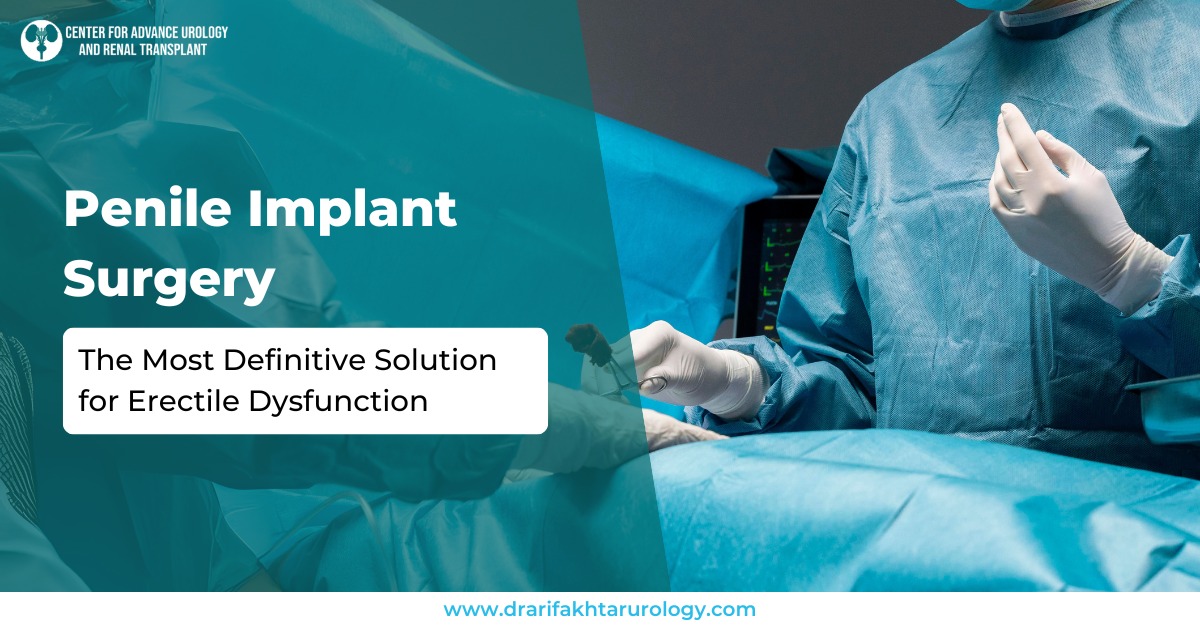For men with severe erectile dysfunction (ED) who have not responded to medications or injections, penile implant surgery offers a reliable, long-term solution. Far from being experimental, this surgery is backed by over 40 years of clinical use, with satisfaction rates exceeding 90% among both patients and their partners (Eur Urol Focus, 2022).
Penile implants are internal devices, surgically placed into the penis, that allow controlled erections on demand. The two main types—malleable and inflatable—offer different advantages based on patient preference and anatomy. The inflatable variety, in particular, closely mimics a natural erection, with advanced models like the AMS 700 and Coloplast Titan offering high durability, discreet design, and infection-resistant coatings.
This isn’t just about restoring function—it’s about restoring confidence, relationships, and quality of life. Studies now show improved mental health, relationship satisfaction, and overall well-being post-implantation, especially among patients with diabetes, post-prostatectomy ED, or spinal cord injuries.
Recovery: What to Expect After Surgery
Recovery from penile implant surgery is faster than many expect. Most patients are discharged within 24 hours. Swelling and mild discomfort typically subside within 10–14 days. The device is usually activated between 4–6 weeks post-op after adequate healing.
Patients can resume non-strenuous activity within a week and return to sexual activity once cleared—often with far greater satisfaction than prior to surgery.
With modern techniques, the infection risk is below 1% in high-volume centers. The device lasts 10–15 years on average, and re-implantation is possible if needed.
Dr. Arif Akhtar
Senior Consultant – Urology, Robotic Surgery & Renal Transplant
Centre for Advance Urology and Renal Transplant




